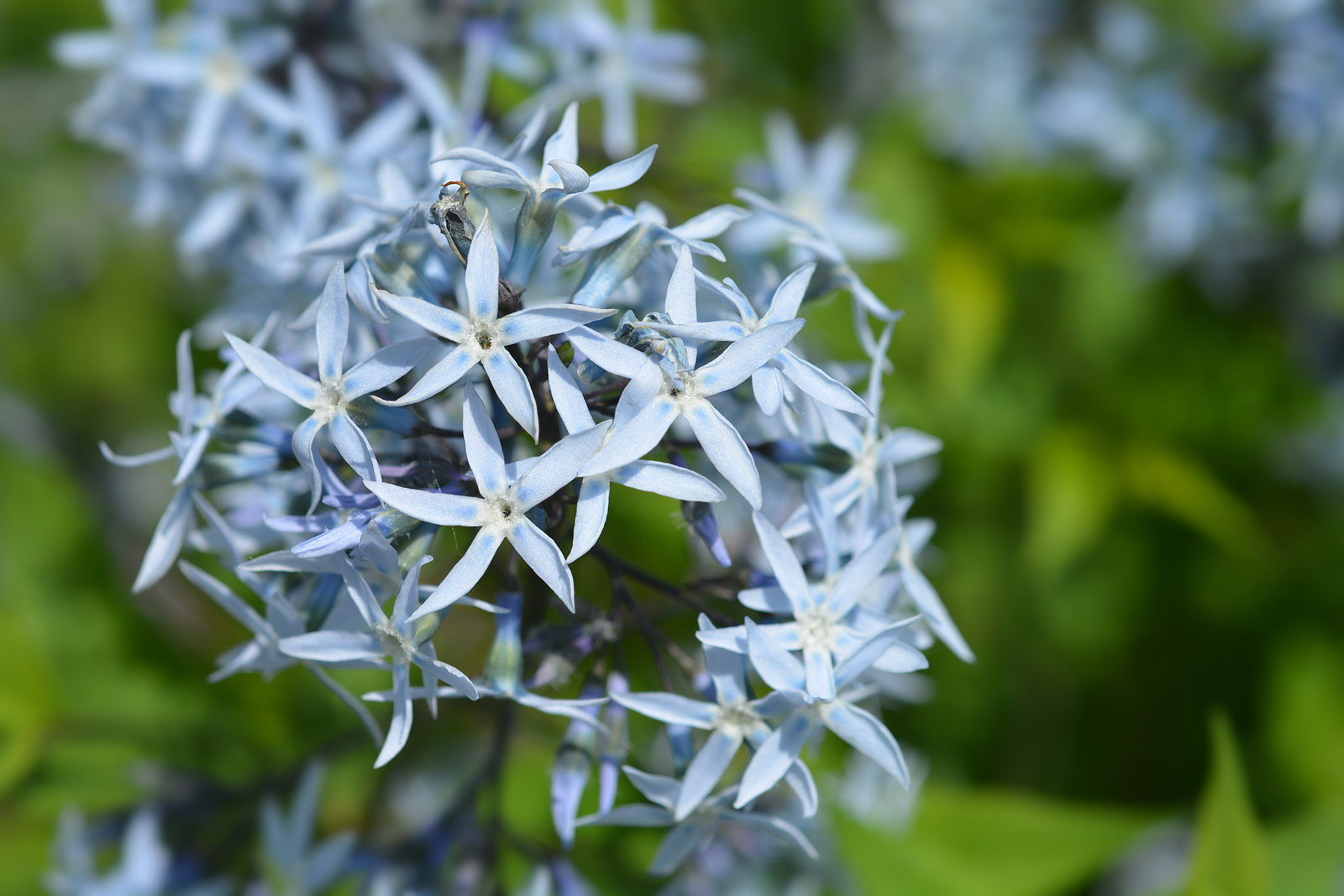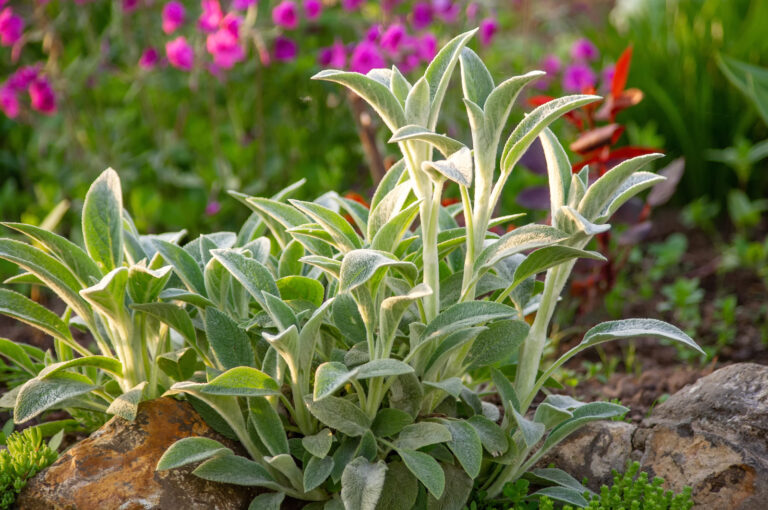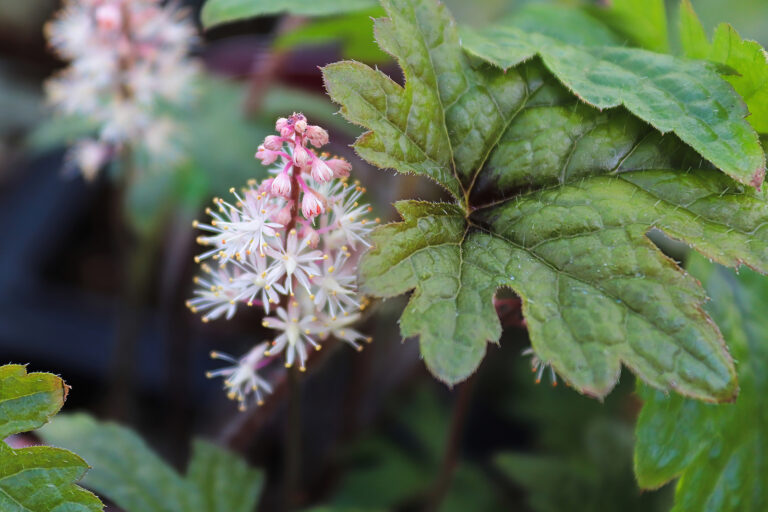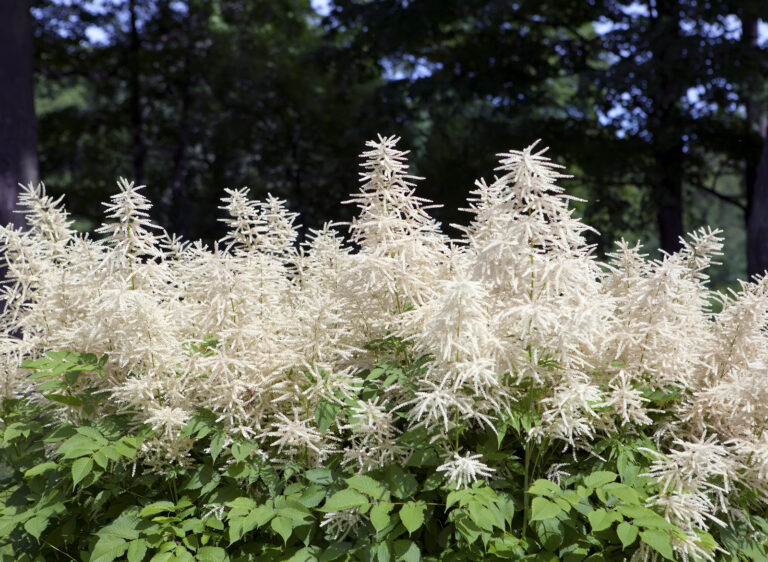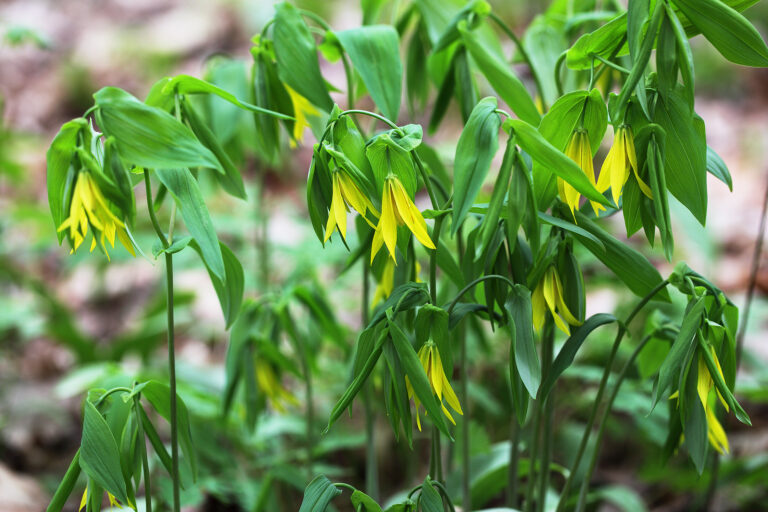How to Grow Blue Star Flower — Amsonia
Amsonia bears clusters of flowers with funnel-shaped bases and flared, starry faces. Amsonia is commonly known as bluestar, blue star flower, or dogbane.
Amsonia leaves are lance-shaped to ovate or rounded. Stems contain a milky sap. Amsonia is related to milkweed.
Amsonia species are perennials or subshrubs. There are about 20 species in the genus.
The milky sap from the stems can irritate the skin.
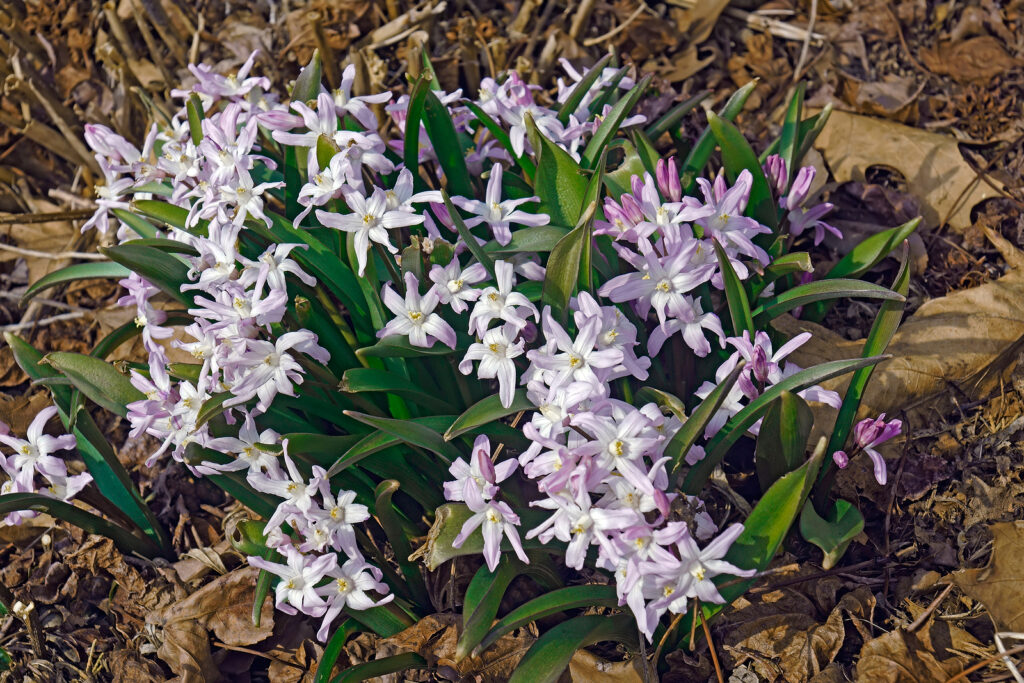
Get to know Amsonia
- Plant type: Perennials and subshrubs
- Growing zones and range: Zones 3 to 9 depending on the species.
- Hardiness: Hardy to -35°F (-37°C); some varieties are hardy to Zone 3; plants die back in winter after leaves turn golden yellow in autumn.
- Height and width: 12 to 36 inches (30-91cm) tall and wide depending on the species; plants form clumps to 3 or 4 feet wide.
- Foliage: Narrow leaves on erect stems; bright yellow fall foliage.
- Flowers: Clusters of small, star-shaped
- Flower color: Pale blue
- Bloom time: Late spring into summer
- Uses: Beds and borders; wildflower and meadow gardens; the edge of woodland garden
- Common name: Blue star flower
- Botanical name: Amsonia
- Family name: Apocynaceae
- Origin: Southeastern Europe, Turkey, Japan
Where to plant Amsonia
- Grow Amsonia in full sun or partial shade.
- Plant in average, moist, well-drained soil.
- Established plants tolerate some drought.
Amsonia uses and companions
- Use Amsonia in formal or informal borders or combine with ornamental grasses.
- Naturalize Amsonia under high-branched trees.
- Good companions include Achillea, Belamcanda chinensis, Coreopsis, and Oenothera.

When to plant Amsonia
- Sow seeds in early spring.
- Set container-grown plants in the garden in spring or autumn.
Planting and spacing Amsonia
- Space Amsonia 24 to 36 inches (61-91cm) apart.
- Plants form clumps that spread to 4 feet (1.2m) wide.
How to water and feed Amsonia
- Keep the soil evenly moist for best growth; established plants will tolerate drought.
- Fertilize Amsonia with a slow-release organic fertilizer in spring.
Amsonia care
- Trim plants back after flowering to keep them tidy.
Amsonia pests and diseases
- Amsonia is susceptible to rust.
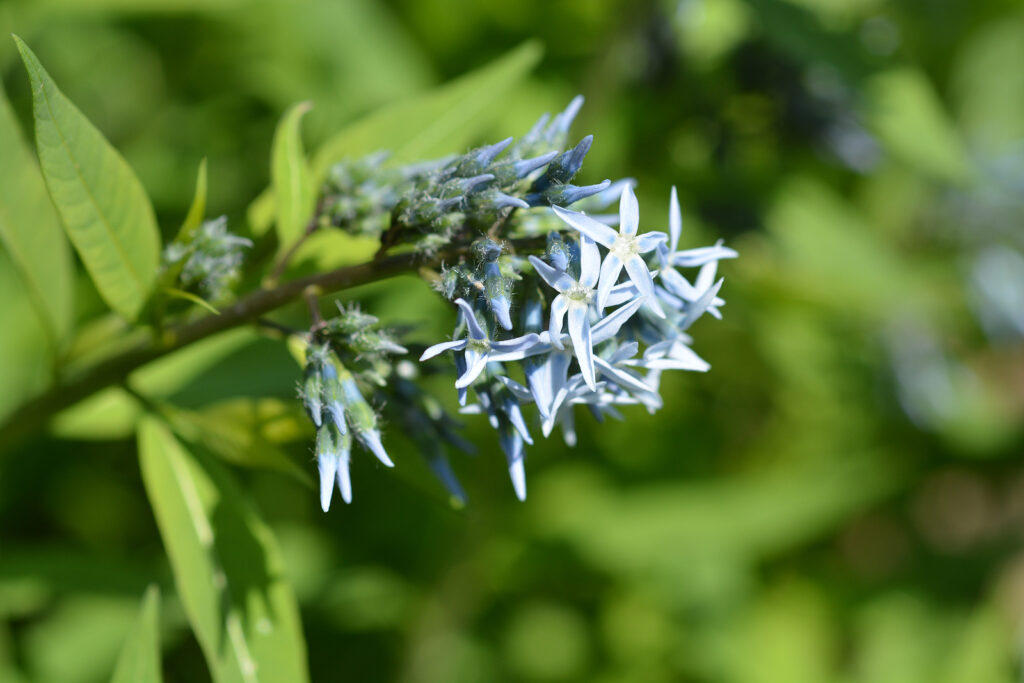
Amsonia propagation
- Propagate by dividing plants in spring or tall.
- Take stem cuttings in early summer.
- Divide Amsonia every three to five years.
- Sow seeds in place in autumn.
Amsonia varieties to grow
- Amsonia cilata, downy bluestar: Grows to 36 inches (91cm) tall with soft needle-like leaves; golden yellow fall color; bears clusters of pale blue 2-inch-wide flowers in summer.
- A. hubrectii: Grows to 36 inches (91cm) tall; bears clusters of very pale blue flowers to 3-inches wide; leaves turn golden yellow in autumn.
- A. illusgtris: Similar to A. tabernaemontana with shiny leathery leaves.
- A. tabernaemontana, willow bluestar: Grows to 30 inches (76cm) tall with willowlike foliage; ½-inch wide star-shaped blue flowers in spring and early summer; cultivar ‘Montana’ is more compact and blooms earlier.

